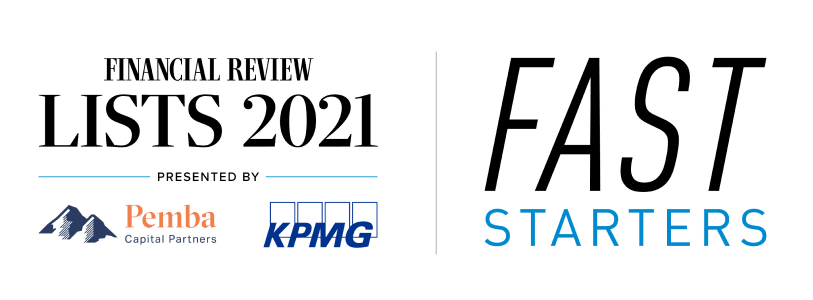Business Overdraft
Starting or expanding a business can involve some tricky financial management. You often need to invest in sourcing materials, obtaining warehouse stock or fitting out a shop before you’ve started making sales. That’s where a business overdraft can come in. A business overdraft allows you to spend more cash than is sitting in your business account, so that you can focus on growing your business.
What is an overdraft?
Upon establishing your overdraft, you are able to withdraw or utilise more money than has been deposited into your account. The key difference between a loan and an overdraft is that the overdraft is connected to your existing bank account, allowing you to spend more than you’ve put into it.
There are two types of business overdrafts: secured and unsecured. Secured overdrafts, like other types of secured loans, are where you place an asset, such as a property or vehicles in collateral in cases of default on the payments for the loan. Unsecured business overdrafts can be short term or ongoing, depending on your business’s circumstances and preferences regarding repayments.
Overdrafts can be helpful for small businesses under a range of circumstances, such as launching a new product, opening a new location, or any other activity where you may need more cash-flow up front to successfully launch or complete your undertaking. This additional line of credit can also be useful in “quiet” periods, allowing you to prepare by ordering additional stock prior to a peak period.
Business overdraft advantages and disadvantages
| Pros | Cons |
|---|---|
| Great for cashflow as you can draw on money during times of need (such as for unexpected costs or periods when business is slower than usual) | Interest rates are higher than other business loans |
| Provides a business safety net as you only pay interest on what you borrow | If secured, overdraft credit may need to be secured against a valuable asset (such as your home) |
| An overdraft is generally easy to organise and can provide a flexible financing solution | A business overdraft can be more expensive than other forms of small business financing in the long run |
Quick facts to remember about business overdraft loans
- Business overdrafts provide you with the ability to access real cash, not credit. You are able to utilise funds up to your approved amount, or only part of your approved overdraft.
-
When taking out an overdraft, depending on the lender, you may be given a set monthly minimum repayment amount, or a monthly line fee. A monthly line fee is calculated on how much of the overdraft is being utilised, and providing your overdraft total is under a set limit.
For example, if you have established an overdraft for $50,000, your lender may decide that on top of your existing account fee, as long as you have not utilised more than 60% of your overdraft amount, your monthly line fee is reduced by 20% (this is a purely speculative figure to illustrate the concept, please contact your lender to find out your costs). But if you need access to the full amount, the line fee may be increased. - Overdrafts do not usually come with a fixed closure date like a loan, so they can be utilised year-to-year, with no additional approval or fees.
How does my business qualify for an overdraft?
Generally speaking, businesses are required to have been operational and generating an income for at least six months prior to sourcing an unsecured loan. This is because the lender will need to be confident in the business’s ability to repay the overdraft.
Overdrafts for small businesses can vary in the amount loaned - anywhere from a few thousand dollars up to hundreds of thousands of dollars may be approved. For instance, Lumi offers unsecured business loans of between $10,000 and $300,000. You may also be required to demonstrate a set volume of income before being issued with a bank overdraft.
How much does an unsecured business overdraft cost?
There can be a range of fees that may be included with a business overdraft, including:
- Establishment fees
- Monthly servicing fees
- Account fees
- Interest fees
A repayment fee will also be set for your overdraft. Some lenders will utilise a monthly line fee, explained above in the above. Monthly line fees may be used instead of servicing fees and interest. Ultimately, how much an overdraft costs your business will vary on a few factors.
Still not sure if applying for a business overdraft is right for you? Compare other types of loans to learn more.




